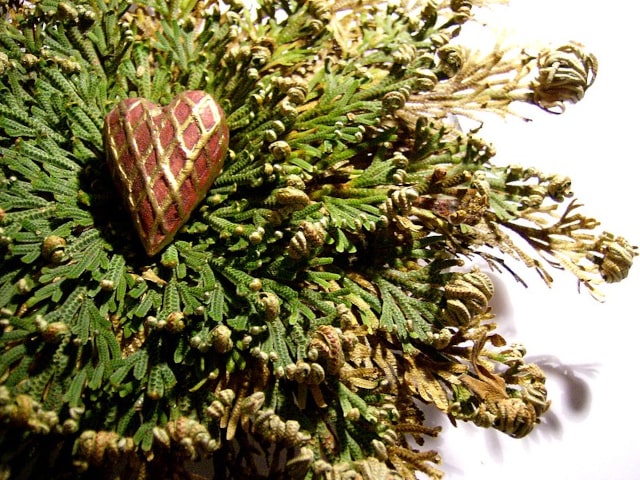
Rose of Jericho (Selaginella lepidophylla) is a perennial plant famous for its emerald-green fronds. It is often grown in gardens and around homes, but it is also possible to keep Rose of Jericho indoors, as a potted plant. This is a delicate, moss-like plant that can brighten up any area, so it is important to know how to make it thrive.
Rose of Jericho Basic Facts
Rose of Jericho is a beautiful plant that has many names: stone flower, Mary's flower or dinosaur plant, among others. It is a great addition to any garden, although many people chose to grow it in pots or terrariums indoors. It is native to Asia and can grow in many different locations around the world, as long as climate conditions are appropriate.
If you choose to grow Rose of Jericho outdoors, keep in mind that it needs a sheltered location. It will thrive in the US hardiness zones 8a to 10b. This plant is surprisingly easy to grow: all it requires is regular watering. However, in order to make it strong and healthy, it is important to provide it with some care throughout the year.
Here are the main conditions you need to provide to your Rose of Jericho to make it thrive:
Watering
Rose of Jericho can generally tolerate drought and low watering. However, it doesn't mean that these are the best conditions. Your plant can't thrive without adequate watering. It is true that it can survive after not receiving enough water, but it will make the plant weaker. Furthermore, it will make it lose its color and fullness.
In order to prevent this, and in order to make your Rose of Jericho thrive, it is important to provide it with enough moisture. During spring and summer months, you need to water more than in fall and winter. If you grow Rose of Jericho in the garden, make sure to water in the spring and summer until the surrounding soil is moist in the top 6-12 inches. If you grow it in a pot, water until the excess water dribbles from the bottom of the pot. You should decrease watering in fall and winter, but only slightly. During these months, let the surface of the soil dry between waterings.
Keep in mind that tap water is not ideal for Rose of Jericho: fluorine and chlorine in tap water can damage it. To prevent this, let the water sit overnight before you water your plants. Fluorine and chlorine will dissipate after a day so you can water your Rose of Jericho with it.
Fertilizing
Once established, Rose of Jericho doesn't need fertilizing. In fact, excess feeding can damage the plant. It is recommended to provide fertilizer only if your plant shows signs of nutrient deficiency. The main signs to look for are stunted, slow growth and yellowing.
When fertilizing, use a general purpose fertilizer with 10-10-10 or 20-20-20 ratio of nutrients. Make sure to dilute 10-10-10 fertilizer at 1/2 teaspoon in 1 gallon of water. For 20-20-20 fertilizer, use 1/4 teaspoon per gallon of water.
You should water your plants with this solution each week during the main growing season: from the middle of the spring to late summer. Apply to soil that is already moistened to prevent root burn. In case the plant develops a limp appearance or if the leaves have crisp edges, stop fertilizing.
Pruning
Rose of Jericho has a steady, 6 to 12 inches growth. It is a neat plant that doesn't need much pruning to keep its shape. However, some light pruning might be necessary throughout the year to remove dried or dead leaves.
When pruning, it is best to use small scissors with fine tips. Typical pruning shears are too big for dense, delicate fronds and might damage the plant. Before pruning, make sure to sterilize your scissors: soak them in a 50 percent rubbing alcohol solution. This will prevent the transmission of disease.
Pruning should be done carefully. Remove unwanted parts at the base, and make sure not to cut any surrounding foliage. Work slowly to target parts that you want to remove without damaging anything else.
Diseases and Pests
Rose of Jericho is a healthy plant that is not targeted by many diseases and pests. Typically, the main source of problems are low humidity and occasional garden pest such as a snail or a slug. The best way to prevent problems with humidity is to grow your Rose of Jericho in a sheltered, moist area. This will keep humidity levels above 50 percent.
However, this is not easy to achieve indoors, where problems with dry air are common. To keep your plants at adequate levels of humidity, place pots on a tray of moist pebbles. Remember to mist every day. This will raise humidity levels to the optimum.
Slugs and snails sometimes target Rose of Jericho in the garden. Luckily, the damage is typically small and doesn't damage plants. You can remove these pests by hand, or you may place a barrier around the plants. A copper tape will discourage snails and slugs from attacking Rose of Jericho. These solutions are better than using pesticides and other chemical products.
Photo credit: caruba
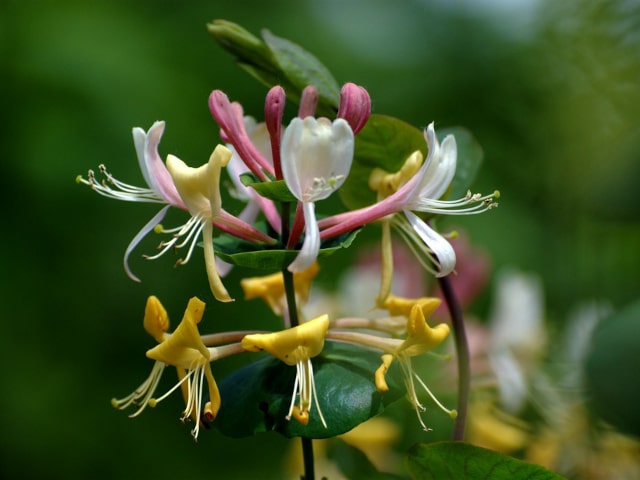
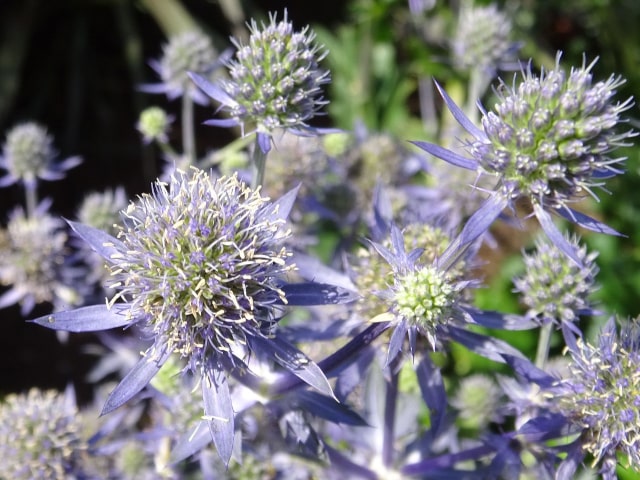
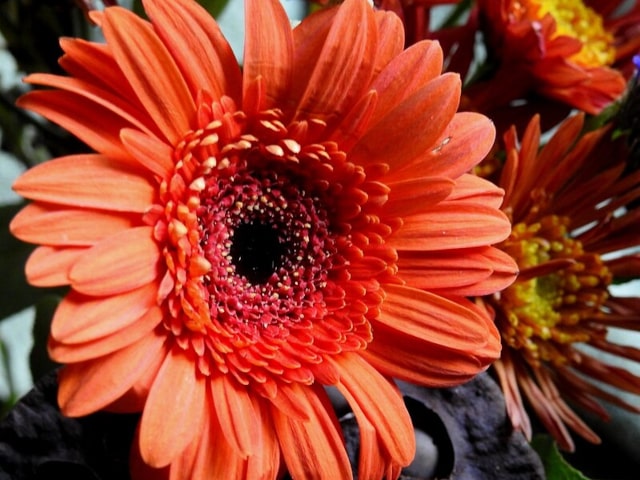
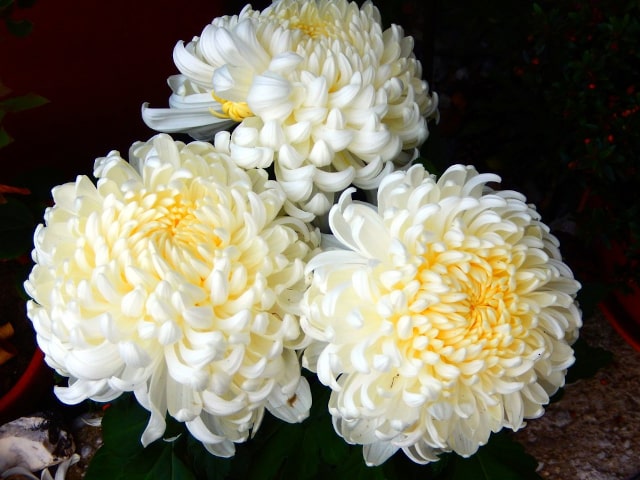
0 Comments